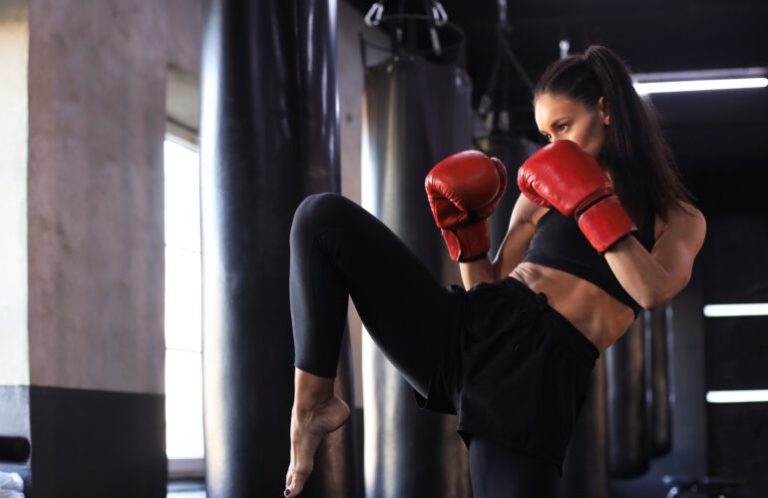When it comes to mixed martial arts, the appropriate pair of MMA Training Gloves is a weapon in your arsenal. For safety reasons and to help your performance Whether you’re just starting or have vast experience as an opponent, the gloves you employ in training make all the difference. They offer better grip, act as protection shields for your own hands and help support your technique. There are so many options on the market. How will you ever select a good pair? This guide will teach you the red flags to look out for and considerations when picking your ideal pair to uplift your game and keep safe.
- Grasping Glove Sizes and Weight Choosing the best gloves starts with understanding your size. Usually weighing 4 to 7 ounces, MMA gloves are available in several weights. A rather heavier glove is advised for training needs. This increases cushioning, hence lessening the force on your wrists and hands during sparring sessions. The proper fit will also rely on your hand size; you want gloves that feel snug without being overly tight or loose.
- Objectives Matter The composition of your gloves affects their comfort as well as their lifetime. Though more costly, leather gloves usually last longer and fit your hand over time more naturally. Although synthetic leather may be a more reasonably priced substitute, it might not stand up for heavy-duty wear. Feel the material of gloves you are looking for and make sure they are breathable to assist you remain comfortable even throughout demanding activities.

- Padding and defence Reducing your risk of damage depends on the degree of padding within your gloves. Search for gloves with enough wrist and knuckle padding. Although thinner padding offers superior protection during longer training sessions, it may somewhat lessen your sense of opponent awareness. If you’re concentrating on grappling or clinching, make sure the gloves let you be flexible while also maintaining your hands’s security.
- Type of closure: Laces vs. Velcro You also should consider how close your gloves fit. The most often used velcro straps for training are easy to adjust and let you rapidly put on or remove the gloves. Conversely, lace-up gloves give a more tailored fit but need help to tighten. Most fighters choose Velcro closures for training since they are rapid changes throughout sessions and are convenient.
Ultimately, selecting the appropriate MMA Training Gloves is mostly dependent on striking the balance between performance, comfort, and protection. You can make sure your gloves improve your training by weighing elements including size, material, cushioning, and closure type. The correct gloves will protect you whether you’re sparring, grappling, or hitting the bags and will help you advance your ring skills.









+ There are no comments
Add yours